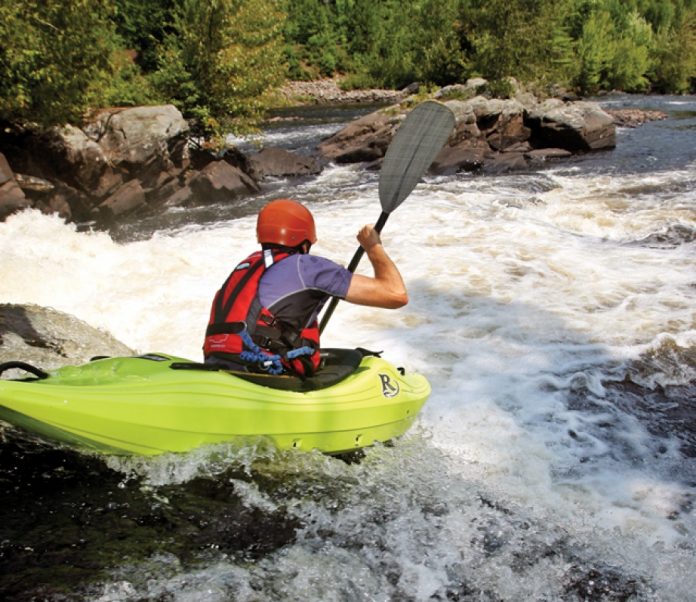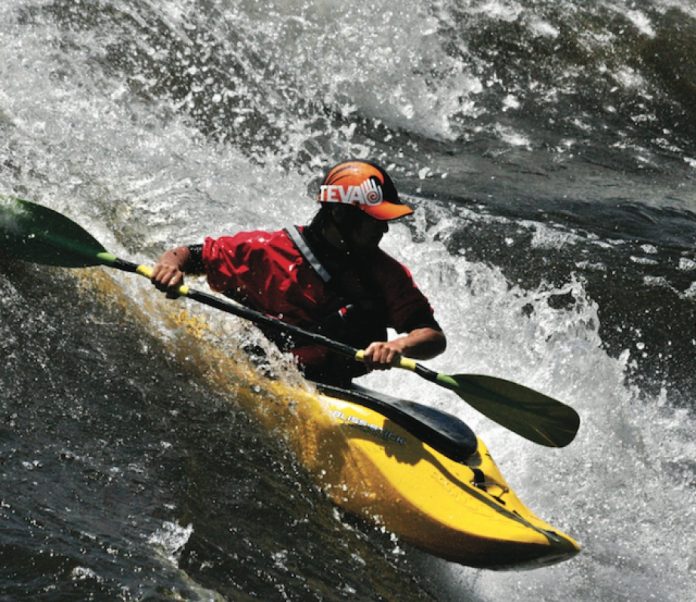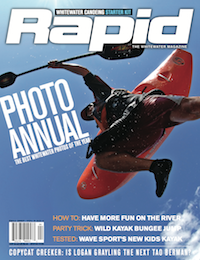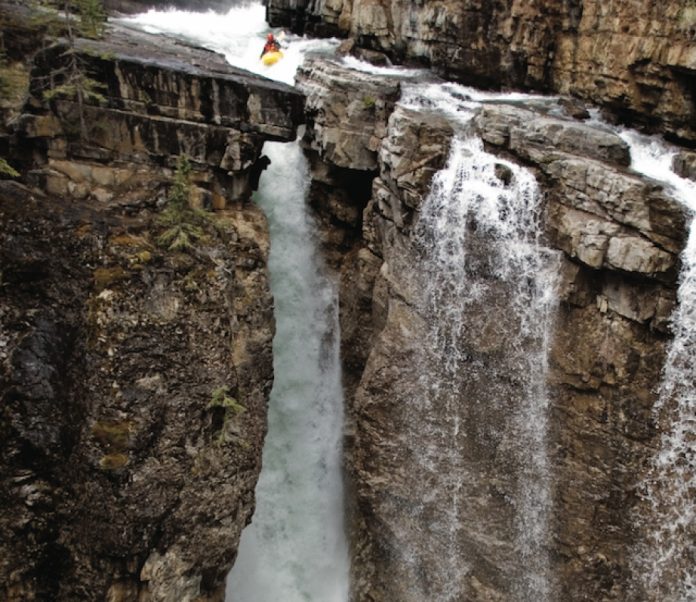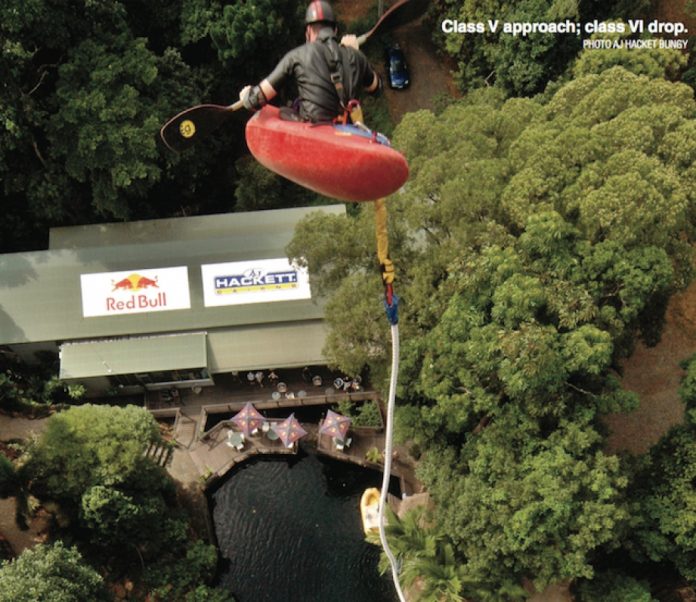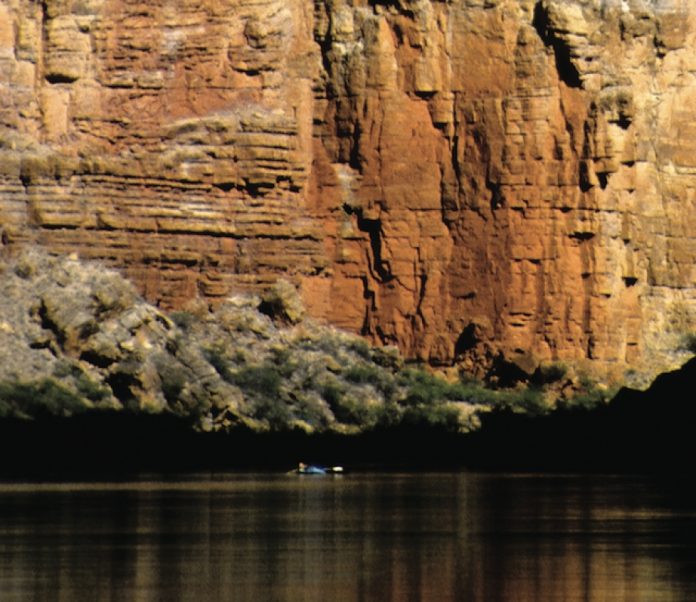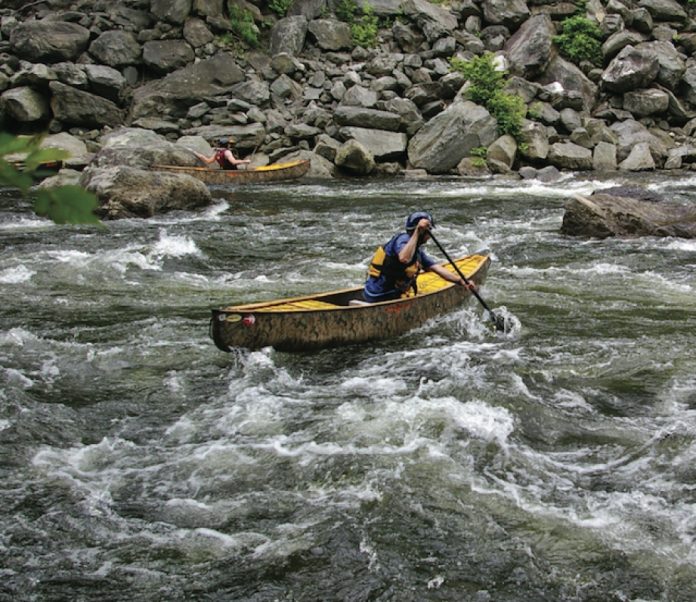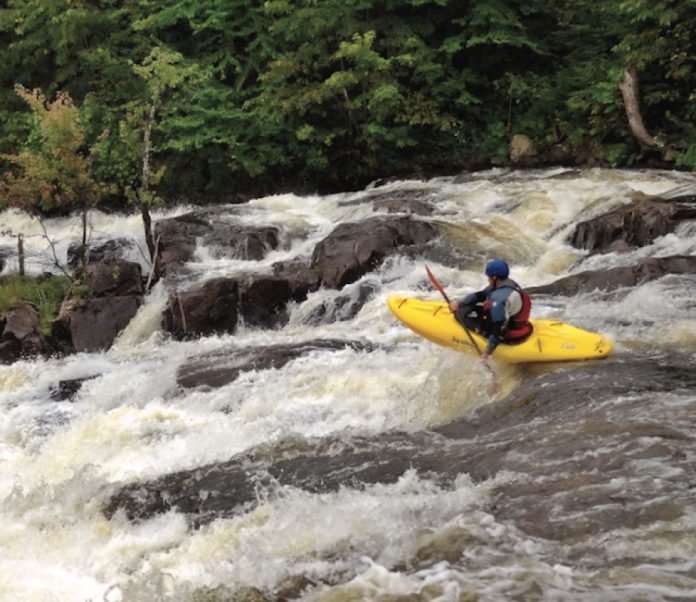The father of modern sea kayaking, Derek Hutchinson, showed up at the 2007 West Coast sea kayak symposium and pronounced that the BCU is dead, asymmetric paddles are dumb, and real kayakers don’t wear dry suits.
ON THE BCU> “The British Canoe Union is in the past. I and a number of what were the top coaches in England have very little to do with the BCU now. We’ve gone there and moved on. It’s more or less been consumed by bureaucracy.”
ON BOAT DESIGN> “All these boats along here have all copied my formula. There is not a kayak here that hasn’t copied some part of my boat. So I suppose it’s a compliment. My deck configuration, the deck lines, the hatches, the bulkheads, probably saved thousands of lives.”
ON DRESSING FOR IMMERSION> “People that I paddle with don’t dress for immersion. We dress for Eskimo rolling. But nobody has to roll. It’s a bit like asking a 747 pilot how often he has to use his parachute. Once you do all the exercises and the drills for learning to roll, you don’t have to roll because you don’t capsize. There’s no such thing as a capsize, it’s just degrees of lean.”
ON THE WEATHER IN NORTH AMERICA> “Over here you’re spoiled for choice. Look at all these people. They’re all on sheltered water. No harm can come to them. You couldn’t do this on the sea in England. You never know what the weather’s going to do. It’s open water. England’s an island.”
ON PADDLE OFFSET> “If you want to paddle successfully, you want a 90-degree feather. I use a 90-degree feather.”
ON TRAVELLING LIGHT> “Over here people tend to paddle kayaks empty. Everybody paddles a kayak empty, which to me is quite bizarre.”
ON SPOON BLADES> “Everybody here’s paddling with asymmetric spoon blades, and there’s no need for it. The asymmetric spoon blade came out in the ‘70s to aid racing paddlers…but that presupposes that the paddle entry angle is the same as what they’ve got on the asymmetric angle, but of course nobody paddles like that, so it’s just a waste of time.”
ON GREENLAND-STYLE> “The amusing thing here is that people use Greenland paddles with high-volume kayaks.”
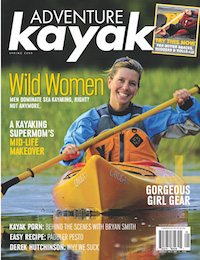 This article first appeared in the Spring 2008 issue of Adventure Kayak Magazine. For more great content, subscribe to Adventure Kayak’s print and digital editions here.
This article first appeared in the Spring 2008 issue of Adventure Kayak Magazine. For more great content, subscribe to Adventure Kayak’s print and digital editions here.




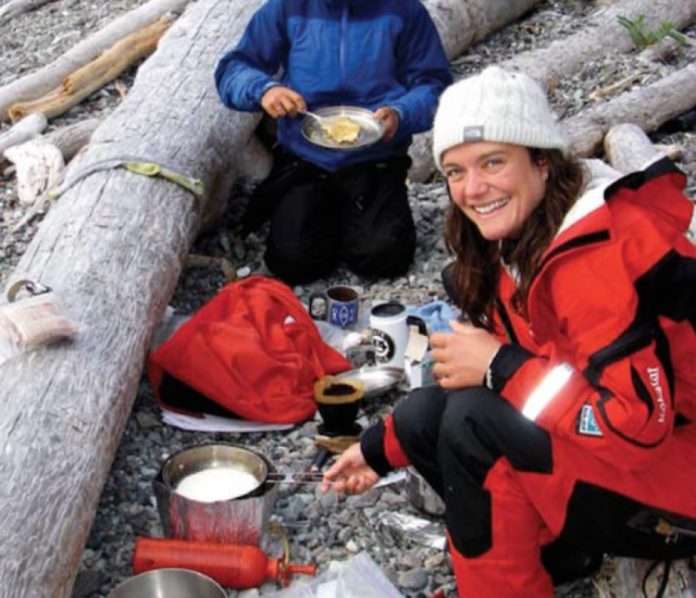
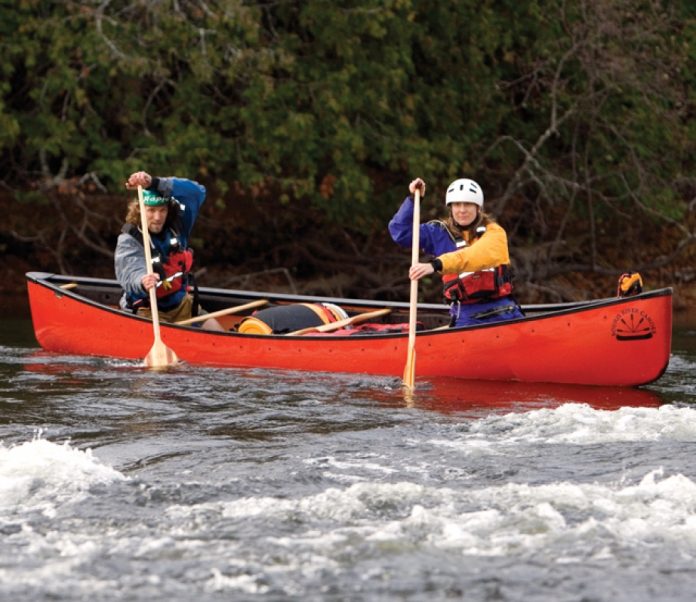
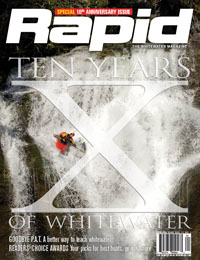 This article first appeared in the Spring 2008 issue of Rapid Magazine. For more great boat reviews, subscribe to Rapid’s print and digital editions
This article first appeared in the Spring 2008 issue of Rapid Magazine. For more great boat reviews, subscribe to Rapid’s print and digital editions 